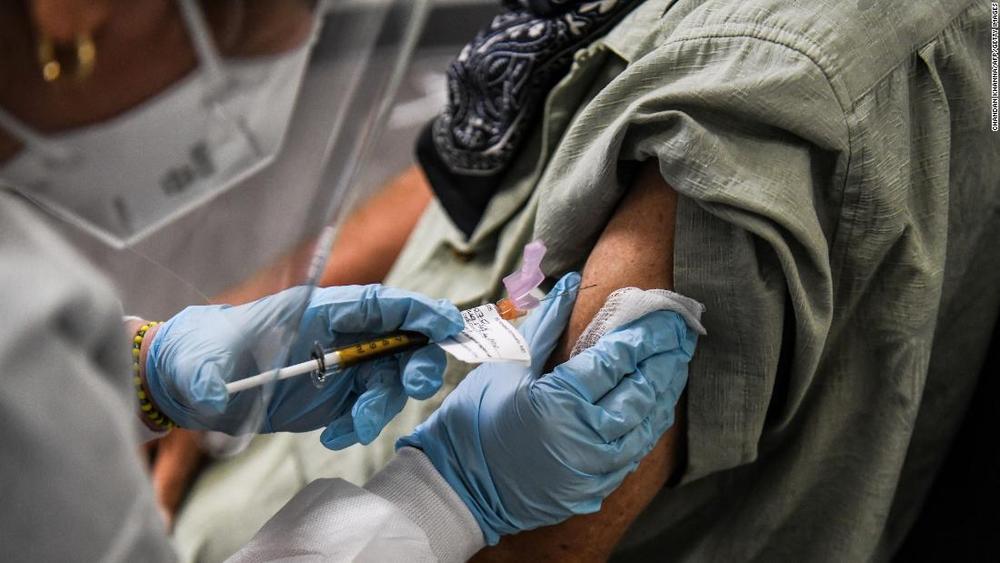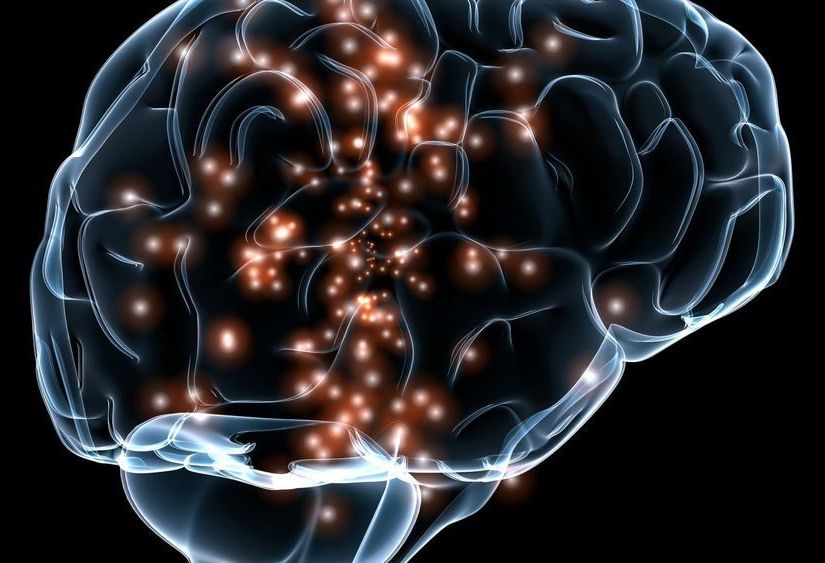😃
Forty states have already led the way, and the time is now.




Since the start of the pandemic, scientists have learned that SARS-CoV-2, the virus that causes COVID-19, is quite cunning. When the virus enters the body, it’s capable of turning off an entire branch of the immune system, allowing it to spread for days before the immune system can sound the alarm on the intruder. However, researchers still don’t know the full scope of tissues and cell types that are most vulnerable to SARS-CoV-2. Most research has focused on identifying genes and pathways that facilitate the virus’s entry into lung cells – yet both clinical and scientific data indicate that it can cause damage in a wide range of organs. Now, new Cornell research has developed potential roadmaps for how the virus infects these other organs and identifies what molecular factors could help facilitate or restrict infection.
Research from the Feschotte Lab identifies 28 new SARS-CoV-2 and coronavirus associated receptors and factors that predict which tissues are most vulnerable to infection.

🤔 My belief is: Many people have ideas on how to fix the global economy. It is only in trying as many ideas as possible to see what works, and what fails. Personally I believe in the ideologies of Scottish Intellectuals David Hume, and Adam Smith. Capital needs to be broadly spread out to the most productive hands of an economy. Currently that would be creatives. Musk and Bezos have multiplied wealth and created jobs, like Steve Jobs. With people cozy to the idea of working a… See More.
The US Centers for Disease Control and Prevention has asked states to be ready to distribute a coronavirus vaccine by late October. Pfizer (PFE) thinks it will have enough data to ask the US Food and Drug Administration to authorize its potential vaccine next month.
Most experts think it’s unlikely — but not impossible — that a vaccine will be ready ahead of the US election. But with at least seven candidates in phase three trials, it’s very likely that at least one successful vaccine will emerge in the months to come. Pharmaceutical companies are also racing to develop effective treatments for the disease.
An effective vaccine has been touted as the magic bullet that will allow the global economy to quickly shift back into gear. Yet there are reasons why the recovery may be slow going: vaccines are typically not 100% effective and there will be a limited number of doses to go around. Distribution could be a problem, both between countries and within them. Even if those challenges are overcome, some people may choose not to take the vaccine.


Once you graduate beyond development boards like the Arduino or Wemos D1, you’ll find yourself in the market for a dedicated programmer. In most cases, your needs can be met with a cheap USB to serial adapter that’s not much bigger than a flash drive. The only downside is that you’ve got to manually wire it up to your microcontroller of choice.
Unless you’re [Roey Benamotz], that is. He’s recently created the LEan Mean Programming mAchine (LEMPA), an add-on board for the Raspberry Pi that includes all the sockets, jumpers, and indicator LEDs you need to successfully flash a whole suite of popular MCUs. What’s more, he’s written a Python tool that handles all the nuances of getting the firmware written out.
After you’ve configured the JSON file with the information about your hardware targets and firmware files, they can easily be called up again by providing a user-defined ID name. This might seem overkill if you’re just burning the occasional hex, but if you’re doing small scale production and need to flash dozens of chips, you’ll quickly appreciate a little automation in your process.
And it would be just one of many exoplanets found outside of our solar system that resemble the weird and wonderful planets of Star Wars.

Circa 2014 o,.o.
The Defense Advanced Research Projects Agency, or DARPA, has announced the start of a five-year, $26 million effort to develop brain implants that can treat mental disease with deep-brain stimulation.
The hope is to implant electrodes in different regions of the brain along with a tiny chip placed between the brain and the skull. The chip would monitor electrical signals in the brain and send data wirelessly back to scientists in order to gain a better understanding of psychological diseases like Post-Traumatic Stress Disorder (PTSD). The implant would also be used to trigger electrical impulses in order to relieve symptoms.
DARPA has chosen two teams that will pursue different approaches. A team from the University of California San Francisco will use direct recording, stimulation, and therapy to take advantage of the brain’s plasticity. Circuits that appear to drive pathology would be rewired, and eventually the patient could remove the implants.
